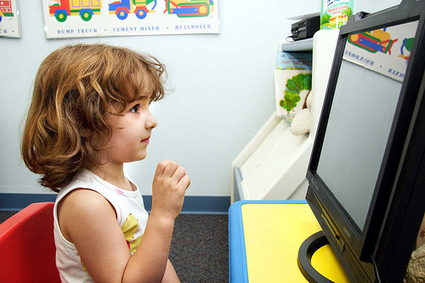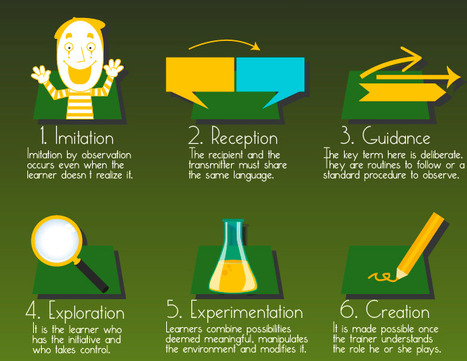If you’re a teacher who grew up in the pre-Internet era, you understand how tech innovation has revamped the educational landscape. Gone are the days of the blackboard and mimeograph. Teachers today carry a heavier (and more complicated) toolbox than ever before. The question is, how efficiently are you using your tools? Inviting Students to
|
|
Scooped by Beth Dichter |
Bringing technology into your classroom can create major shifts, and planning ahead is a good idea. This post shares a guide that has 4 strategies to assist you. The examples provides are for a first grade classroom, but they will provide a foundation for many grade levels.
Strategy 1: Do your homework. This focuses on three areas - lesson planning, legwork and troubleshooting.
Strategy 2: Identify learning goals. This section provides two samples and discusses the value of learning goals.
Strategy 3: Step away from the computer. Keep an eye on your class. You may need to move from 'tech time' to other modes of learning more quickly than planned.
Strategy 4: Capitalize on their desire to explore. Prepare lessons and realize that the students work may lead to questions that provide options for exploring other areas.
There are many helpful ideas in this short guide. With younger students you may want to allow exploration by using a tool such as Symbaloo, where you can create links to websites that you have vetted and allow students the ability to go to new places that you know are safe.



 Your new post is loading...
Your new post is loading...


















Technology learning is less structured than traditional learning. While it’s important to prepare lessons wisely, there comes a point when you must “let it go” and give in to the human desire for freedom of exploration.